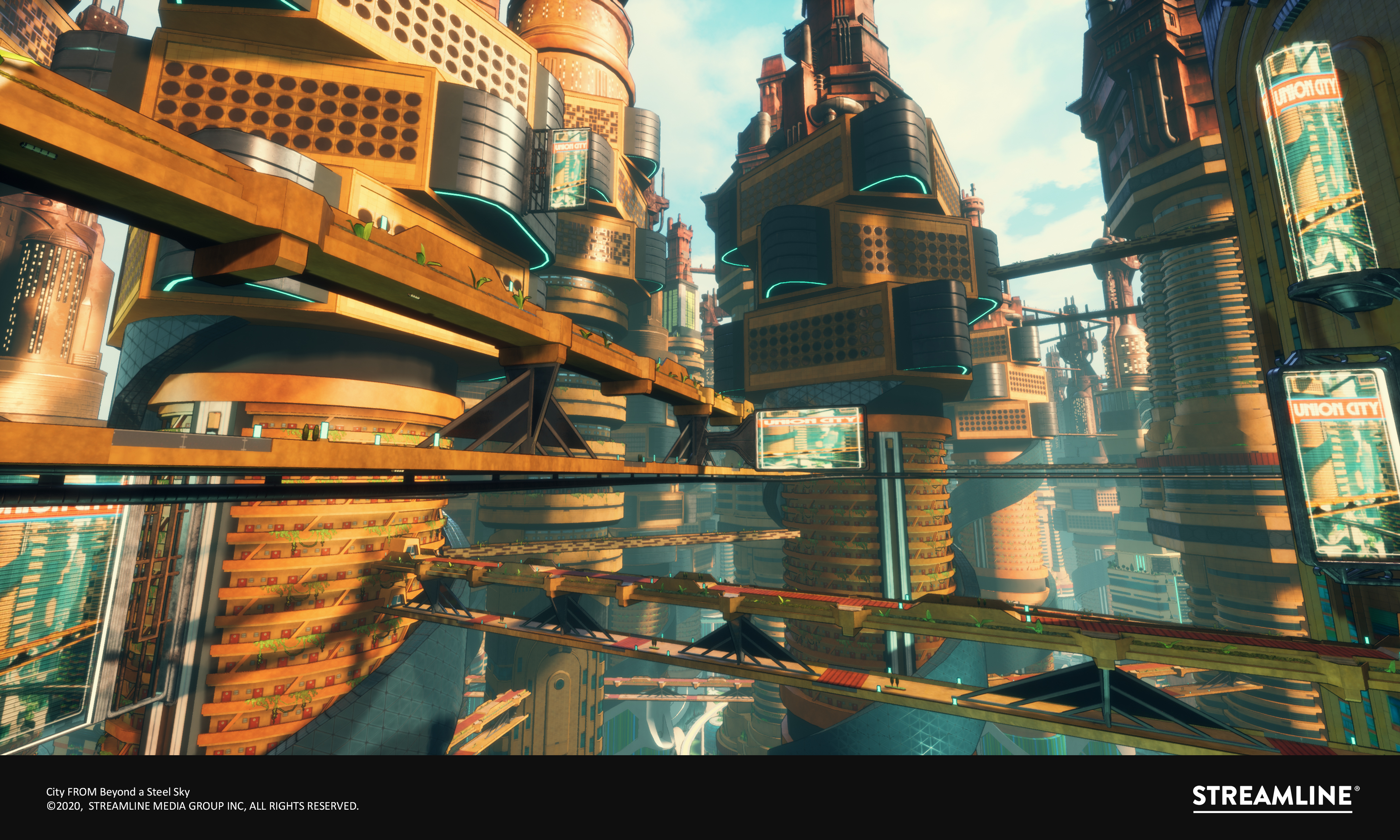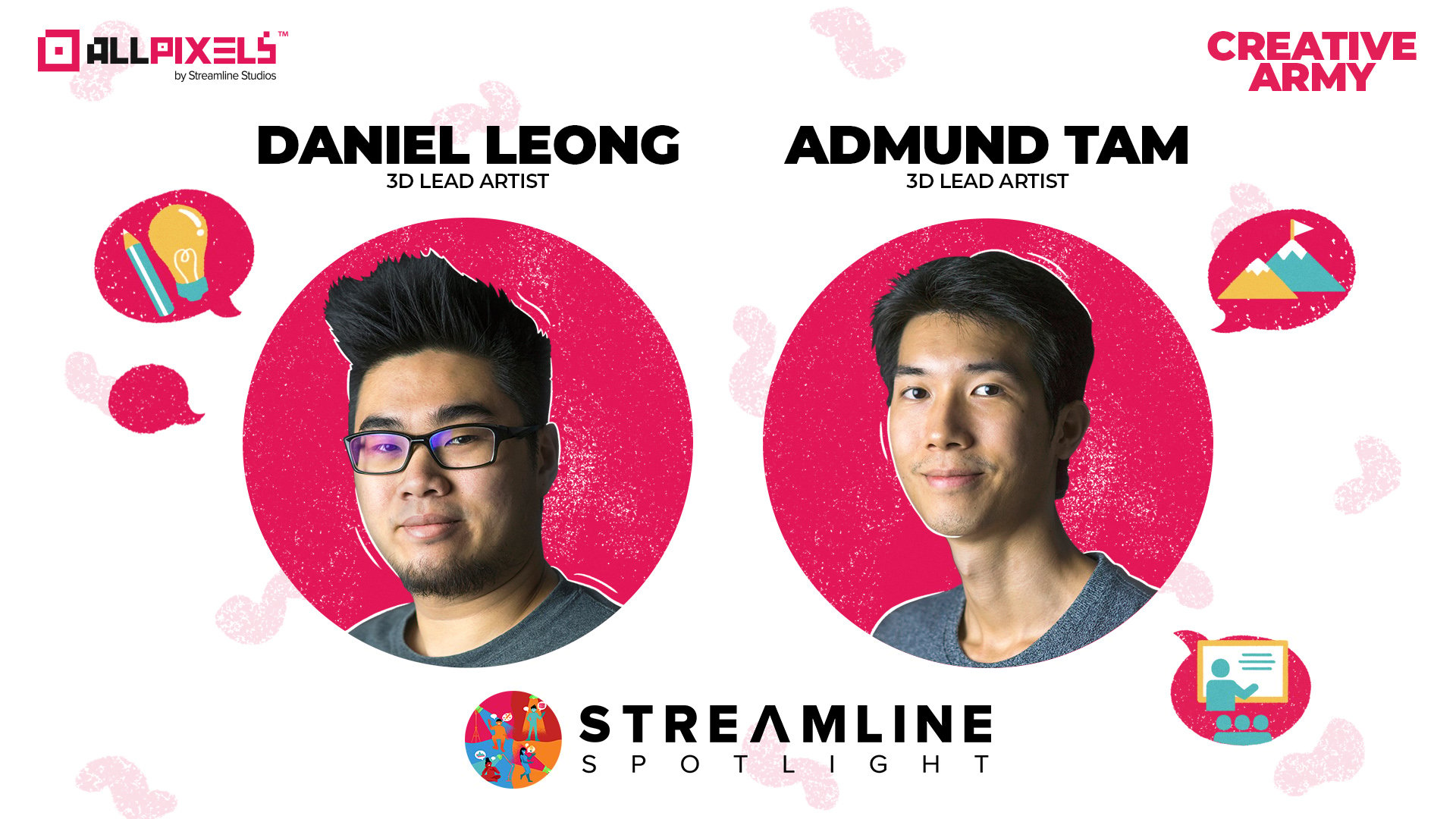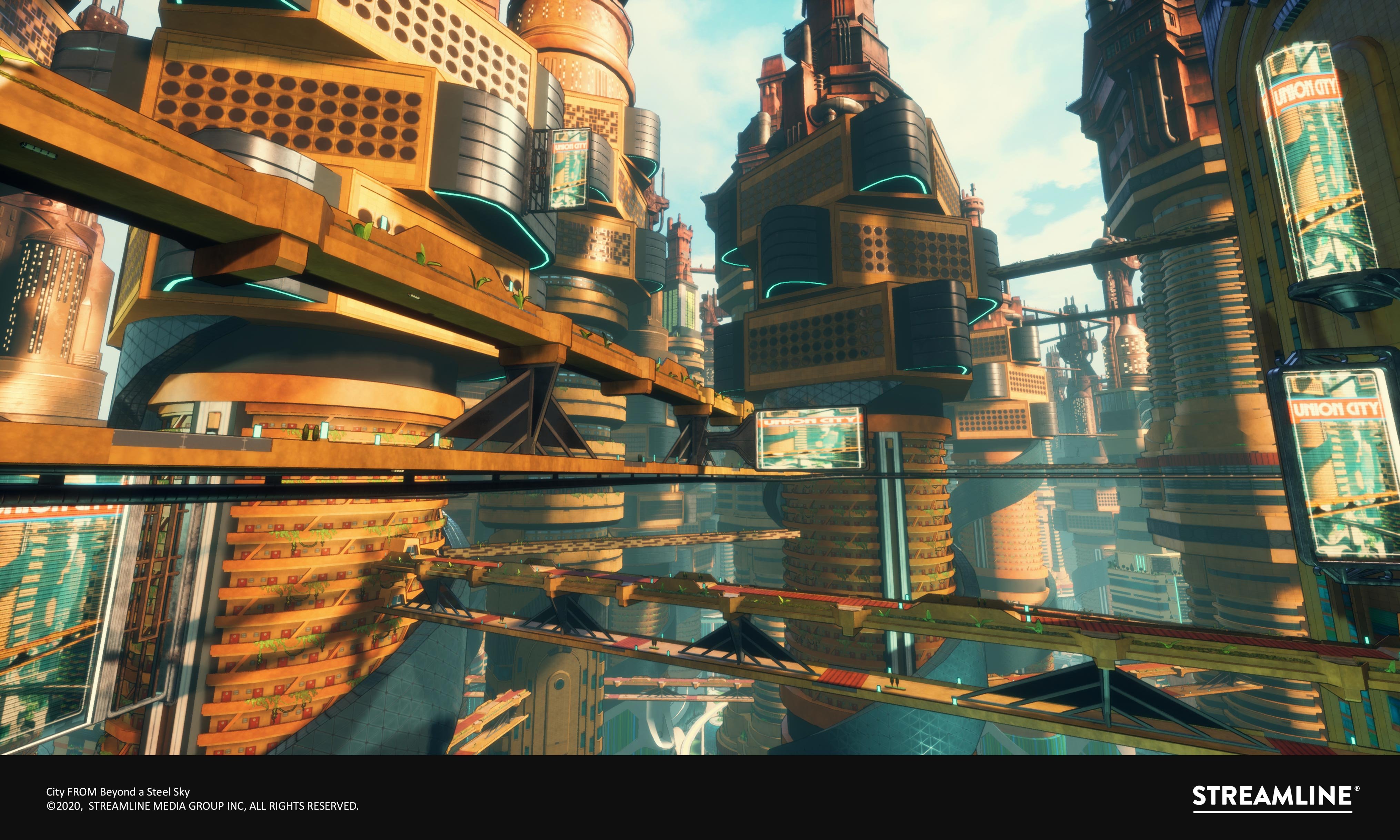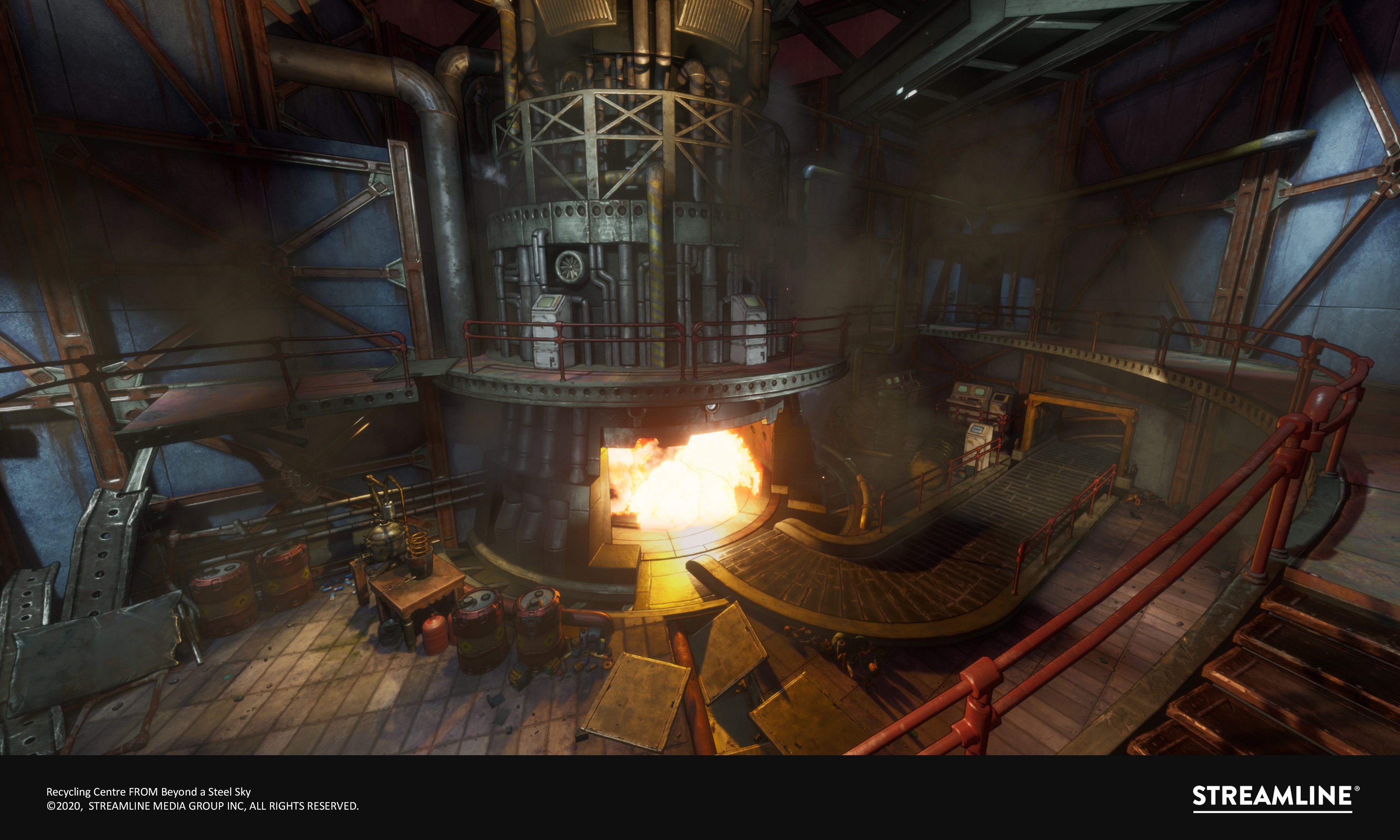Menu

Article by: Darren Barker, All Pixels
A joint interview with Admund Tam and Daniel Leong, 3D Lead Artists at All Pixels, gets the Streamline Spotlight to talk about their roles as Leads, passion for 3D art, and joining the video games industry.

Introduce yourself and your role at All Pixels
A: Hello, I am Admund Tam, one of the two lead artists here at All Pixels. I handle and oversee the environment team as well as looking after the team’s projects. Apart from that, I train and mentor junior artists that join us through our internship program.
D: Hi, I am Daniel Leong, the other lead artist at All PIxels. I am in charge of looking after projects as well as guiding artists. When I am not managing projects, I like to do 1-on-1s with the artists to talk about their career progression in terms of their technical and artistic skills.
How long have you been in Streamline and how long have you been doing 3D art for?
A: Before joining Streamline, I was in the banking industry for about a year. I decided to shift to a new industry and took 2 years to study animation. Upon graduation, Streamline hired me and I've been here ever since. That was roughly 6 years ago.
D: I started working at Streamline as a 3D artist about 8 years ago. Before this, I had worked for 2 years as an environment and vehicle artist at a different game development company.

Before deciding to become a 3D Artist, did you have any concerns about taking up this career path?
A: When I first considered this shift to games, the image of “starving artists” did cross my mind. I decided to go ahead and act on it because it seemed better than my other option, which was to stay in the bank – I was unhappy. Nowadays, the perception has changed. I think people see that you can make a living out of your craft and passion.
D: I too had financial concerns. I grew up with parents who believed that you can’t make a sustainable living out of art. In the end, I still pursued it because this is what I enjoy doing. There were also concerns about career progression and stability because back then, the industry wasn’t stable. Gaming was not a mainstream sought-after career in Malaysia. I feel fortunate to have had the opportunity to join this industry and pursue this career.
"The perception has changed. People now see that you can make a living out of your craft and passion."

What is it like to work at Streamline? Can you talk about your progression from your first day to where you are now?
D: It was very different when compared to my previous company. There was a lot more responsibility since the business nature was slightly different, which was quite eye-opening. Working here at Streamline allowed me to experiment with my skills as a 3D artist by working on new game genres, different game engines, and modeling software.
A: My first day in Streamline felt like a fresh, exciting start, but also a little unnerving. It was also my first day in an entirely new industry and I wasn’t too sure what to expect. Obviously, now with MCO (Movement Control Order - government restricted public movement to curb the spread of COVID-19) and everyone working from home, it is more challenging. You can’t chit-chat and share ideas on the work floor or when you grab a coffee.
It has been over a year since Streamline has implemented the Work-From-Home policy. How are you enjoying it and what do you miss about working in the office?
D: Communicating with artists and knowing what they are doing was a lot easier in the office. For example, if we are in the office, I could just walk up to them and see on the spot if there are things that I can help them with. There is a plus side to working-from-home though. There are ways for you to de-stress, and re-energize quickly if your energy is low i.e. a quick shower. Plus, not having to commute is a big help. It’s a mixed bag of pros and cons.
A: I think just getting to see some faces is what I miss about the office. Going out to have lunch with everyone, those were the fun times.
"Streamline allowed me to experiment with my skills as a 3D artist by working on new game genres, different game engines, and modeling software."
Talking about fun, what do you do in your free time?
A: I game, but not so much anymore. I like to look up news about the gaming industry instead, like new releases and new tech. I also enjoy checking out other people's artwork, looking at the unique and interesting concepts that they can come up with. Apart from that, I spend my time watching documentaries or general knowledge videos, like how to install sewer pipes, how dams are constructed, those kinds of videos. I call them general knowledge because it's an industry that I’m not involved in.
D: I play games too, but not as often as I use to. I prefer spending my time watching game reviews, software, and hardware news like the new console and Unreal Engine 5. There is one weird thing that I like to do when I play a game which is to look at the seamline of the game. I like to nitpick and figure out the process of how the game is worked on. I mostly spend my time in games looking and thinking about how the backend development would look rather than playing through the quest!

Back to your personal journeys, how has working in Streamline helped you?
A: The first thing that comes to mind, and something that cannot be left unsaid, is Streamline giving me a chance by hiring me as a fresh graduate. They took me in without prior working experience in this industry and I was able to improve my skills as an artist by working alongside my colleagues and under the guidance of Streamline. I just slowly improve, day by day, month by month, year by year, and here I am now working as a lead.
D: Streamline gave me the opportunity to spread my wings as a 3D artist. They gave me the chance to explore and learn new things. For example, perhaps you are better as a material artist instead of a 3D artist. This was something that did not come too often in other studios based on my experience. They let you explore your strengths as you grow.
"If you put in the work, there is space here for you to grow and realize your ambitions."
What do you enjoy or find challenging about leading the team?
A: The part of working as a lead that I enjoy is teaching the juniors and helping them improve their skills.
"Sometimes when I teach them something new, they would go “Oh I understand. I’ve learned something new”. Those small moments are what makes working here all the better."
D: There are some challenges leading a team as well. For example, we would have some difficulty communicating with the newly hired artists since they have a different communicating style. Of course, it’s not a one-sided thing, you’ll need both the lead and the artist to learn how to communicate with each other like two hands clapping.
Being a Lead Artist involves not only leading projects but teams too. What personal values or soft skills do you find most important?
A: The first that comes to mind is honesty. It is my policy to be honest in what I say to everyone I am engaging with so there won’t be any miscommunication or misunderstanding between us. That way, everyone will know that I mean what I say. Another value I like to bear in mind is to always make an informed decision based on thought through reasons. When making decisions on a day-to-day basis, it is important to think things through to the best of my ability. Despite this, mistakes are unavoidable and can happen but a lot of them can be avoided by thinking through things before jumping to a decision.
D: I like to have different approaches to different artists. If there is an artist who may not be so skilled, but they are eager and willing to learn, I would coach them so they can come to their conclusions without me spoon-feeding them. I make it a practice to ask them before giving an answer like “What do you understand about the problem? Do you have any suggested solutions?” While difficult at first, this helps them think creatively and more importantly, critically. On the other hand, if there is a stagnant artist, I would have a deep and frank conversation about their career. I would ask questions like “Is this the path you want to take? Is this a goal you want to achieve?”. The reason I ask these types of questions is that I want them to realize their personal goals and career path, not be told by me.
Admund and Daniel are looking for new members to join their crew! Click on the links to apply for the 3D Artist, Level Artist, Texture Material Artist, and the Lead Artist openings.
All Pixels by Streamline also runs an Internship program with a new batch opening up in October – check it out here.
Make sure you never miss out on Streamline news -- sign up for our recruitment newsletter now.
These Stories on Streamline Media Group